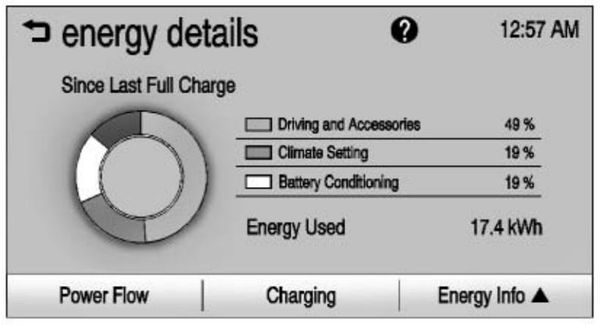On the energy details screen, under what condition would battery conditioning be displayed higher than 0%. I've never experienced this yet. Would this be when you leave the car out in the hot sun, unplugged, then you start the car and go on your way? Or perhaps when you are driving in 95 degree plus heat?


